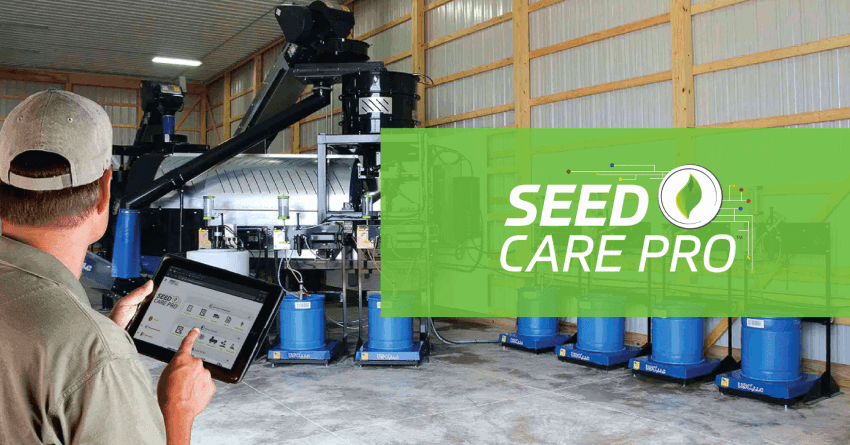Unleashing Innovation: Phase One of Your Endurance Race in Ag Technology
Every endurance race is different, but they all have one thing in common: At some point during the race, you will want to quit, writes Allan Fetters at the Global Ag Tech InitiativeSM.
Bringing new innovative, never-before-experienced technology to farmers and the agriculture sector shares that feature. At some point during the race, you will find those nagging thoughts rising in your mind: Why did I think this was a good idea? Who do I think I am?
At that point, knowing in advance that you simply reached another stage in the race – another chance for perseverance – can be helpful in the move forward. To better understand your journey, I suggest you break it up into several phases.
Phase One: Choosing Your Race
Way before you toe the starting line, there are decisions to be made. What hurdles will this race bring? Will I be running on a hilly course or mostly flat? Will this race take me off-road or is it all pounding the pavement? Will the scenery offer me some consolation in the midst of the pain I know might be coming? Am I in good shape for this?
Bringing the analogy back to farm and field, which crop producers are you interested in pursuing with your innovation? Often, some version of the innovation will touch multiple crops, but how many and what kind?
In California, for example, there are over 400 different crops that are considered “specialty crops.” They run the gamut from A to Z, artichokes to zucchini. Each of these crops has its own set of in-field issues when it comes to maximizing productivity. Each has its own “hurdles or hills” making it difficult to find the single innovation to bring value to growers of these crops.
Adding to the challenge is the total addressable market of only 16 million acres. And, to raise the bar a bit more, 50% of those farms have an average size of fewer than 25 acres, while the U.S. national average farm size is 444 acres. Even given the high-value nature of these acres, it still is often less attractive to innovators than the hundreds of millions of acres of broadacre crops.
Read more at the Global Ag Tech Initiative.





